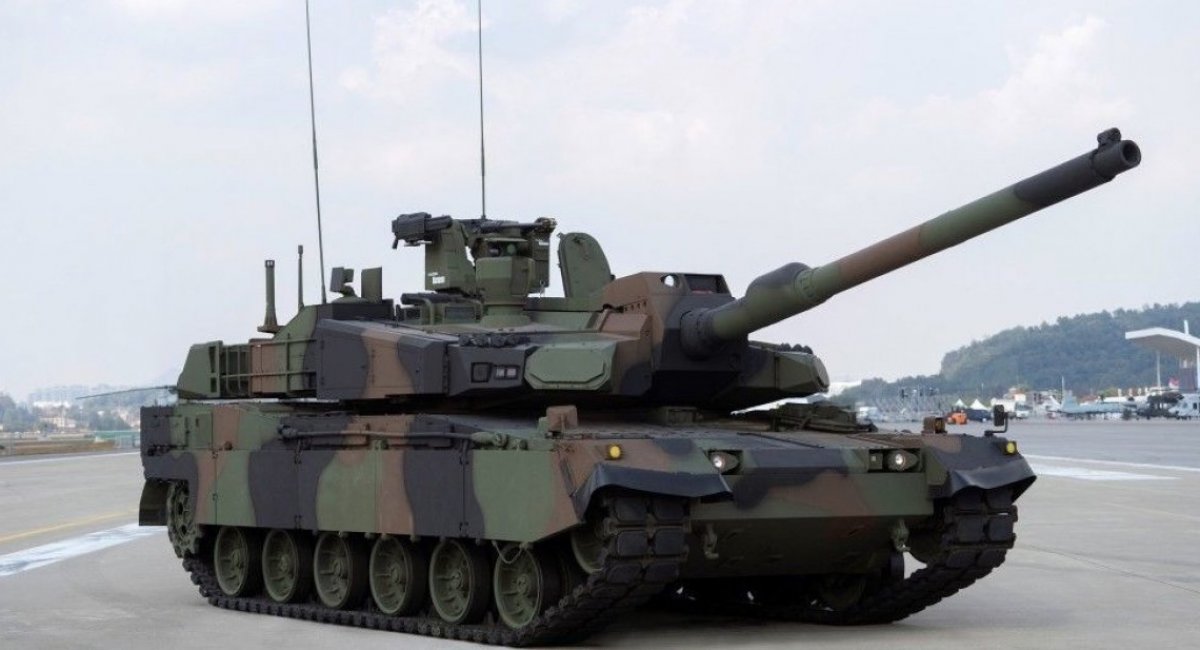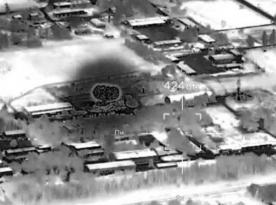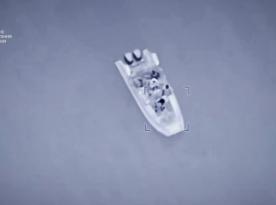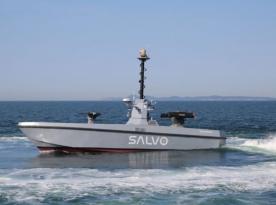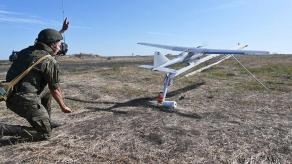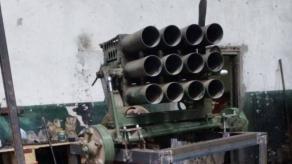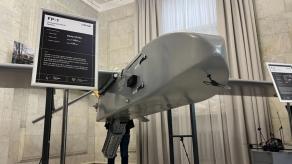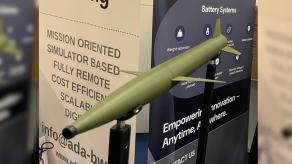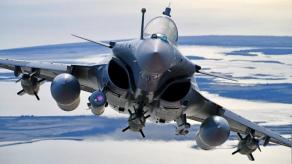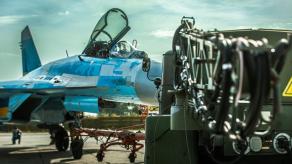Mid-summer 2025, South Korea's defense industry recorded record profits, driven by a sharp increase in global demand for weapons caused by the russia-Ukraine war and wider geopolitical shifts.
According to Defence Blog, the country's five largest defense companies, Hanwha Aerospace, LIG Nex1, Korea Aerospace Industries (KAI), Hyundai Rotem, and Hanwha Systems, collectively earned 2.3 trillion won, or $1.7 billion in profit. This already represents 80% of the entire 2024 result, which amounted to 2.88 trillion won.
Read more: America's First Anti-Drone FPV Can't Match Ukrainian Battle-Proven Drones

Sales also doubled year over year, from 9.9 trillion won to 19.2 trillion won, or $13.8 billion. Meanwhile, the total volume of active orders reached 111.9 trillion won, or $81 billion.
These strong results were largely achieved thanks to geopolitical changes and especially russia's attack on Ukraine, which created massive demand for weapons in Europe and the Middle East.
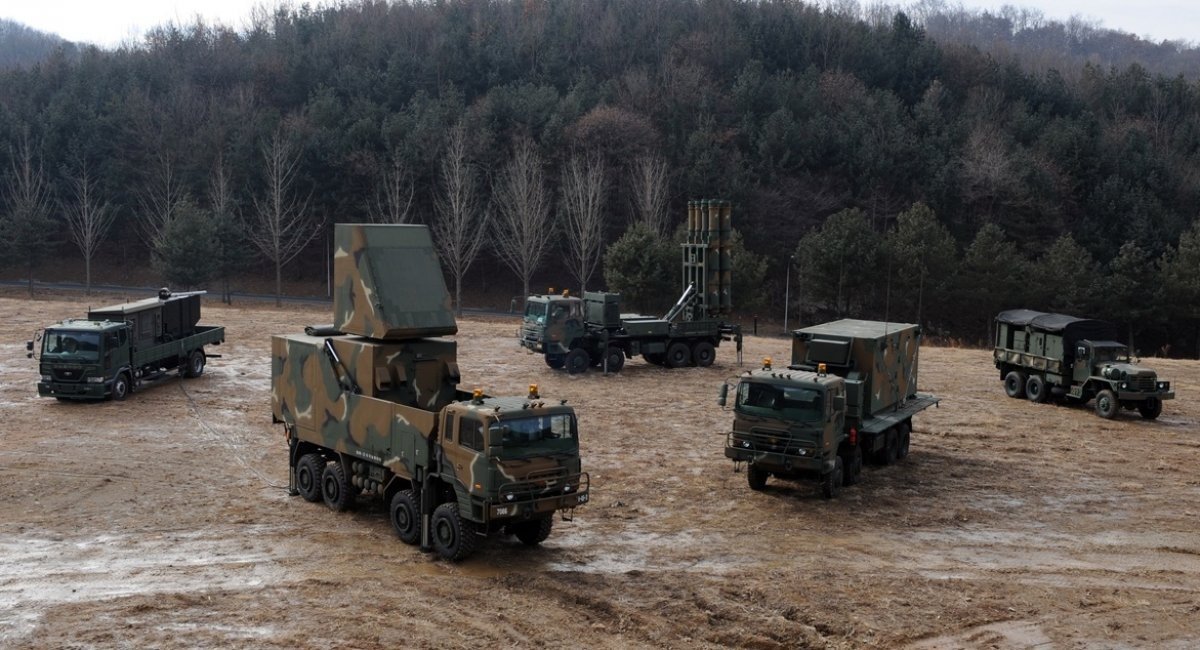
South Korea has a highly developed defense industry and, in addition to advanced technology, was able to offer faster delivery times. For example, K2 tanks are currently produced at a rate of 120 per year, while Germany manufactures only 50 Leopard 2 tanks annually.
Despite the profit boom, the South Korean government still maintains a ban on direct arms supplies to Ukraine. The only known cases involved either humanitarian aid or transfers to the U.S., which then provided weapons to the Ukrainian military.
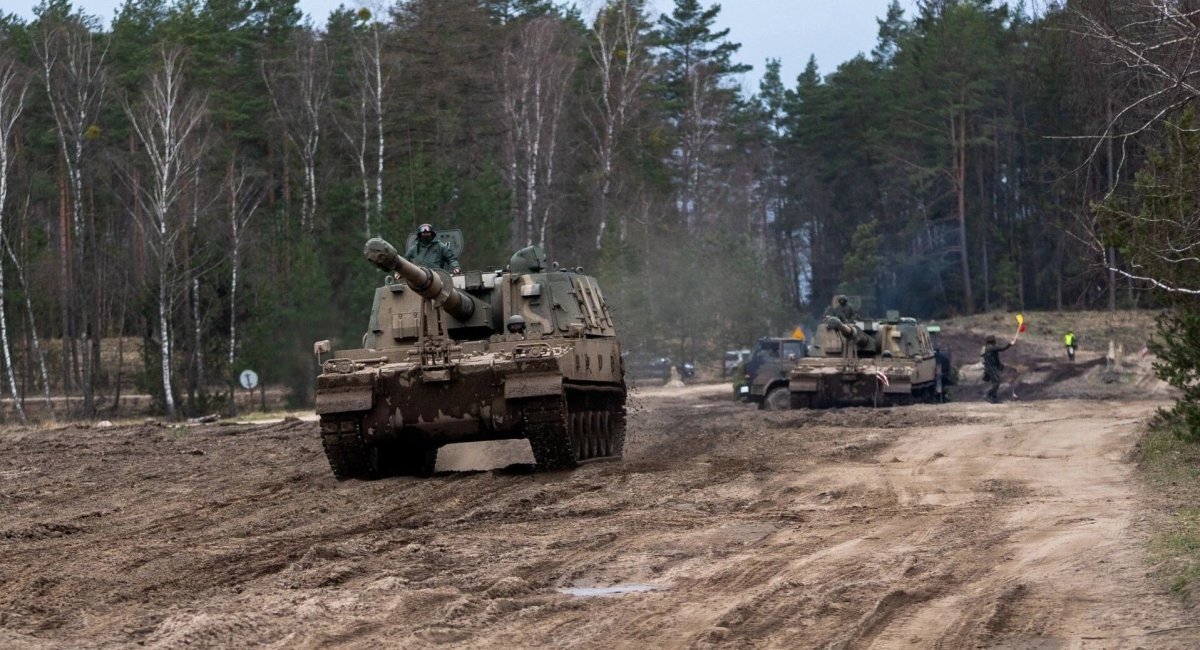
Looking at individual companies, Hanwha Aerospace reported 1.43 trillion won (~$1 billion) in profit, four times more than last year's 355 billion won. The company is known for the K9 howitzer, K21 infantry fighting vehicle, as well as shipbuilding and various aerospace and missile projects, such as the K239 Chunmoo MLRS.
Hyundai Rotem, best known for its K2 main battle tank, which Poland is buying in large numbers, also posted record figures. It peaked at 460.4 billion won ($324 million) in operating profit, up 192% from last year, while sales grew 40% to 2.6 trillion won ($1.87 billion).
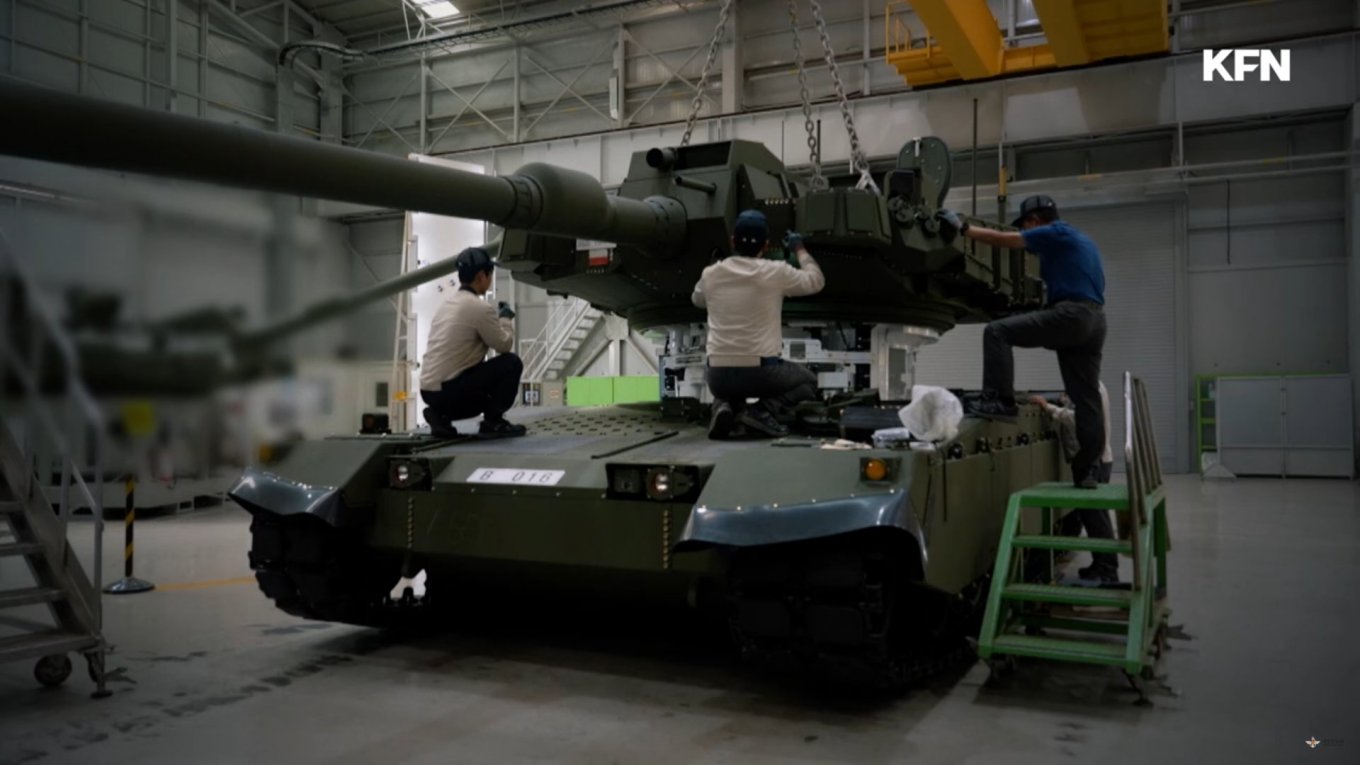
LIG Nex1 saw nearly 65% profit growth to 191.2 billion won ($137.8 million). The company is best known for its missile and air defense systems.
KAI, responsible for the FA-50 trainer/light fighter and the KF-21 fighter jet, saw profit growth of only 7.9% alongside a drop in sales. Hanwha Systems, by contrast, saw a small decrease in profit but higher sales.
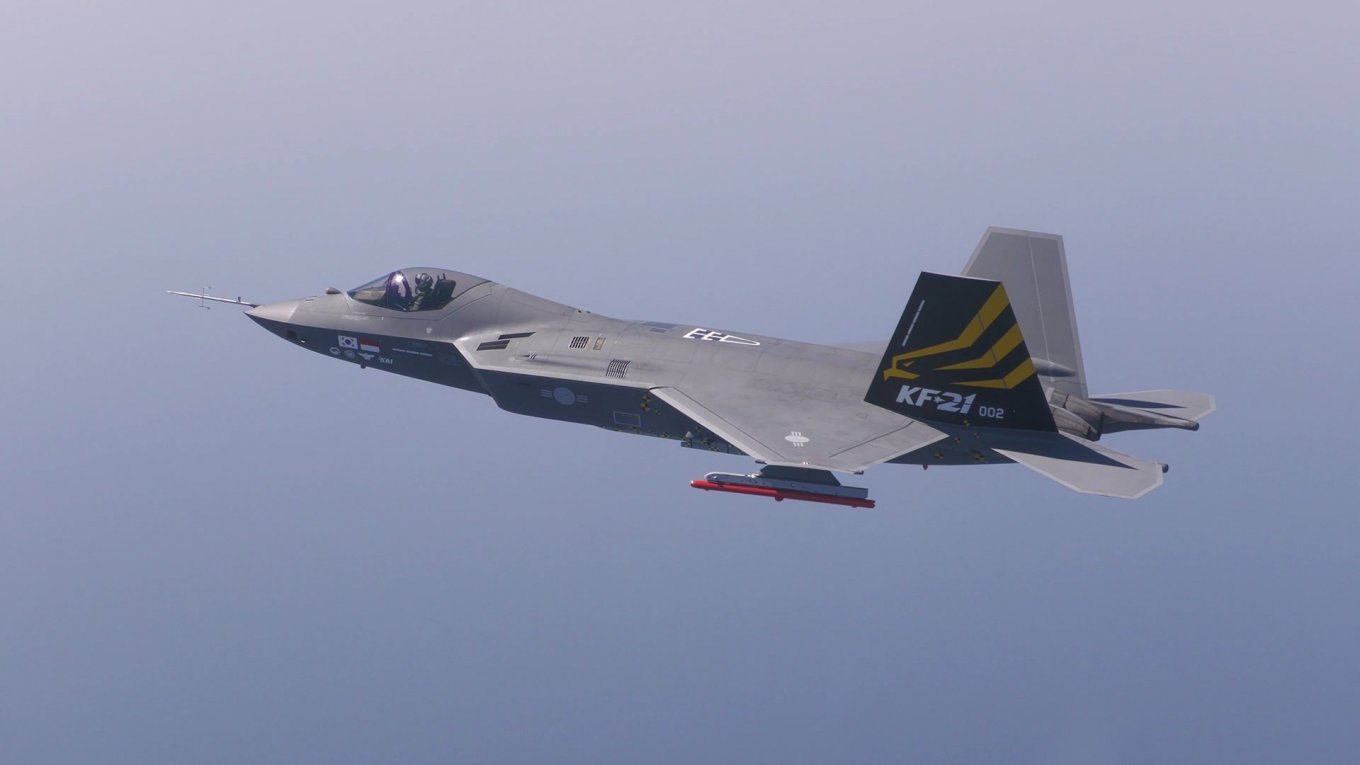
These figures cover the first half of 2025 compared to the same period last year. They are also influenced by ongoing R&D, contract timing, and financing schedules.
Some firms signed new contracts during this period, while others focused on fulfilling previous ones. Overall, however, the sector shows massive growth.
Read more: Two Possible Drawbacks of Ukraine's FP-5 Flamingo Cruise Missile




